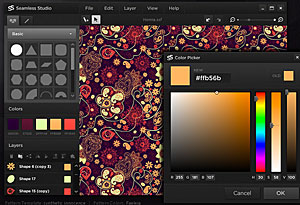Recently received comments regarding self-promotion from Mike Dixon, author's of Curtin Express:
I'm at last having success in promoting myself as an author. I've not started to sell books. That crucial point has not yet been reached. However, people are downloading my free ebooks and they are doing so consistently.
I'm averaging over 40 downloads a day. I start by making the books available through the "free ebook sites" listed on my home page. After that, they seem to generate a following of their own.
I suspect that Facebook plays a part but not directly. Attempts to promote through my own page on Facebook have produced poor results. The same can be said for Twitter and all those other ways that the viral explosion people talk about. They will take you for a ride which can cost a lot in time and money before you realise they are talking nonsense.
My advice is "Get focused". Expose your books to people who are interested in books and forget about everything else.
My remarks apply to works of fiction. A different approach may be appropriate in other areas.
My books are currently available in PDF format. I have started to convert them to epub via html and calibre (free on net). The steps are (i) use microsoftword to produce document - jpg images may be included. (ii) save for web (iii) convert with calibre - just three clicks on the mouse is all that it takes. Finally, don't forget to support the folks at calibre with a small payment.
The epub format allows your book to be viewed on a small hand-held device (eg iphone). I'll let you know what the outcome is. I suspect epub will greatly increase the number of downloads. There's only one way to find out.








